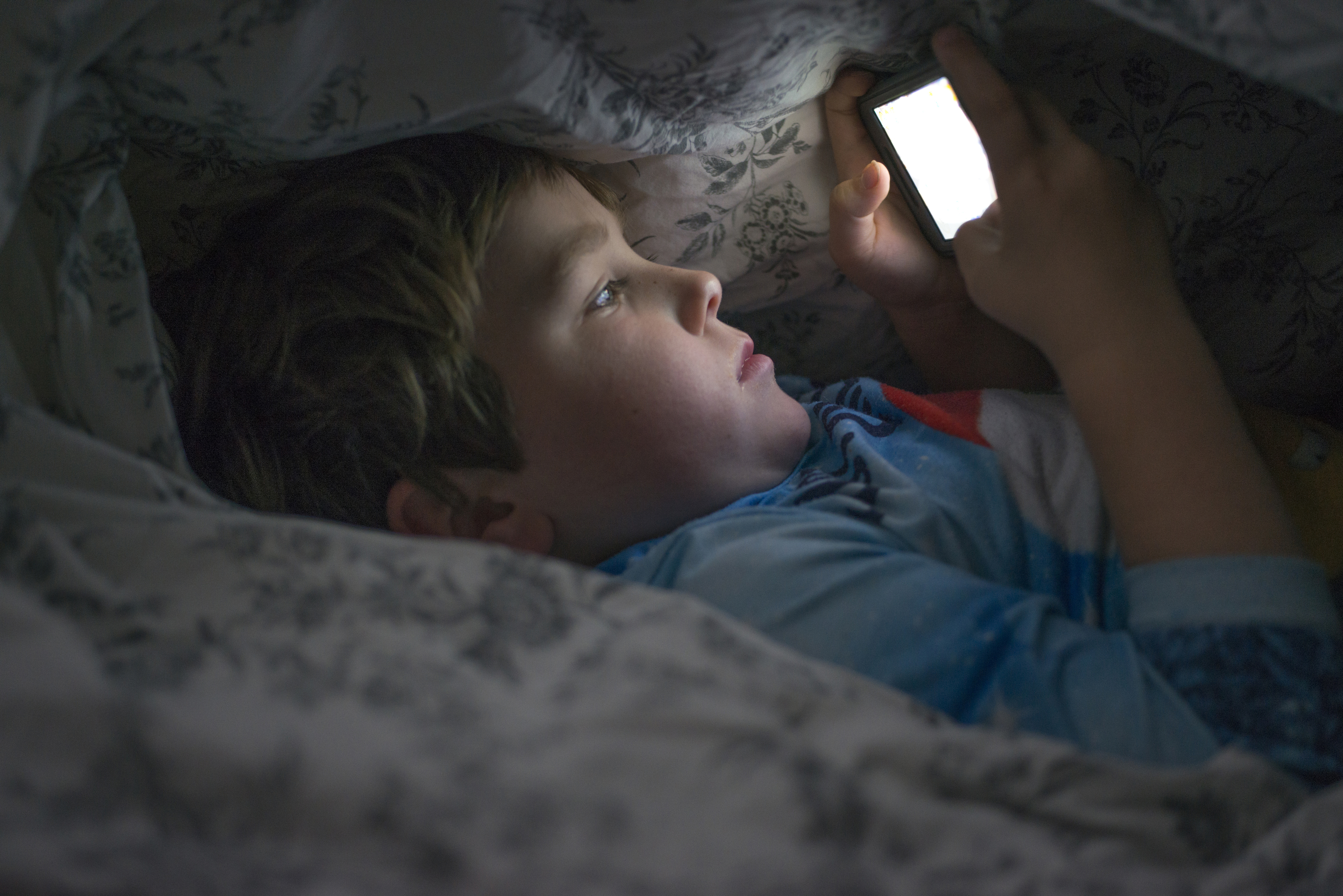
ONLY half of parents who bought their children an internet connected gadget for Christmas will check who their children are speaking to online, new research claims.
A survey by children’s charity Barnardo’s has found just 55% of parents will monitor who their children speak to online, despite 88% admitting there are potential risks to children found in cyberspace.
According to the research, more than half of the devices bought – predominantly smartphones and tablets – were for children aged 10 and under.
Barnardo’s chief executive Javed Khan said: “At Barnardo’s we understand how vital the online world is to children, but also how the risks can damage their childhood.
“Internet connected devices like tablets and iPhones can also come in the guise of harmless dolls or teddy bears and potentially allow strangers to pinpoint your address, obtain your child’s name and birthday, download their photograph and even listen in on conversations.
“We’re not saying don’t buy or allow your children to enjoy these toys or devices, but we are urging parents and relatives to ensure their children are as safe as possible by ensuring privacy settings are at maximum and that they monitor who their children are communicating with.”
The survey says that only 60% of parents would activate the maximum privacy settings on a new device, designed to keep younger users safe when they are online.
The charity has urged parents to be cautious of a device not only if it connects to the internet, but also if it uses Bluetooth to connect to another device that is online and if it contains speakers, microphones or cameras.
It estimates that as many as four million devices were bought for children over the festive period.
Advice from the charity also calls for parents to be cautious of devices or services that use GPS location or request personal information when being registered.

Enjoy the convenience of having The Sunday Post delivered as a digital ePaper straight to your smartphone, tablet or computer.
Subscribe for only £5.49 a month and enjoy all the benefits of the printed paper as a digital replica.
Subscribe